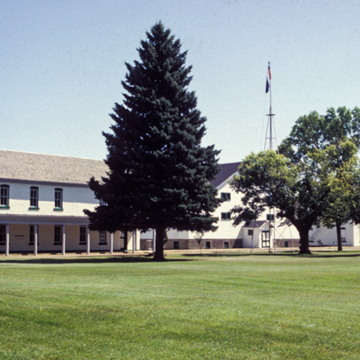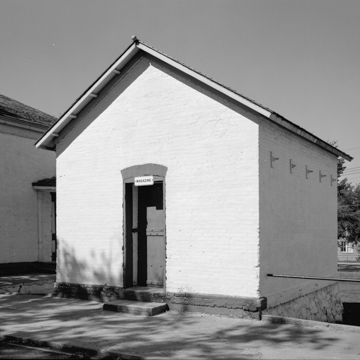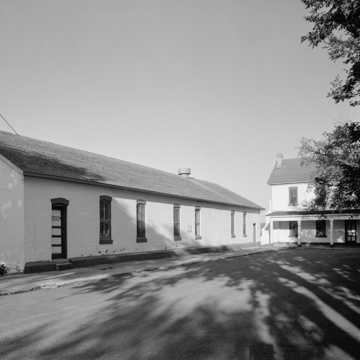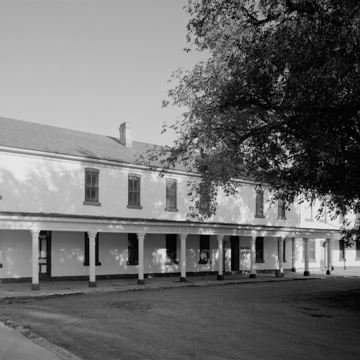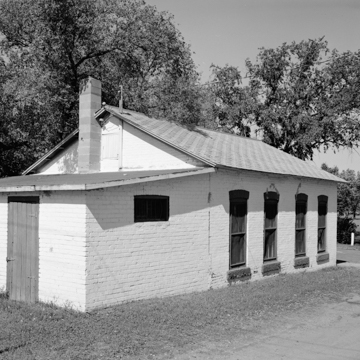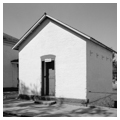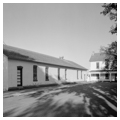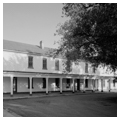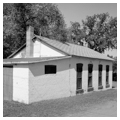One of the best-preserved military posts of the Trans-Mississippi West is the Fort Totten State Historic Site. Located on the south shore of Devils Lake, the fort was established in 1867 to provide protection of an overland route extending from southern Minnesota into western Montana. The post was named in honor of Brevet Major General Joseph Gilbert Totten, who was a chief engineer in the U.S. Army. The permanent buildings at the post were constructed of locally made brick between 1868 and 1871 at a substantial cost of one hundred thousand dollars. The structures include officers’ quarters, hospital, office, magazine, storehouses, company barracks, mess hall, commissary, baker shop, and guard house. The post was generally manned by two or three infantry companies and one or two cavalry companies until its closure in 1890, when the U.S. Congress approved its transfer to the Department of the Interior for establishment of Fort Totten Industrial School. In 1960, the fort was transferred to the State Historical Society, and today it serves as an interpretive historic site.
You are here
Fort Totten State Historic Site
If SAH Archipedia has been useful to you, please consider supporting it.
SAH Archipedia tells the story of the United States through its buildings, landscapes, and cities. This freely available resource empowers the public with authoritative knowledge that deepens their understanding and appreciation of the built environment. But the Society of Architectural Historians, which created SAH Archipedia with University of Virginia Press, needs your support to maintain the high-caliber research, writing, photography, cartography, editing, design, and programming that make SAH Archipedia a trusted online resource available to all who value the history of place, heritage tourism, and learning.















